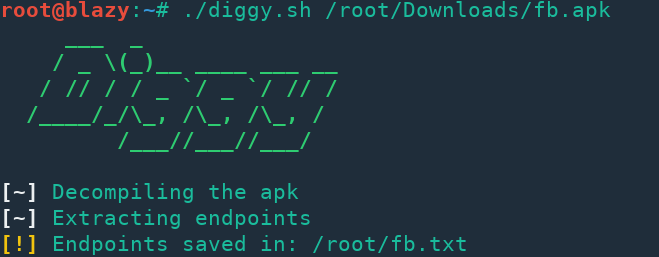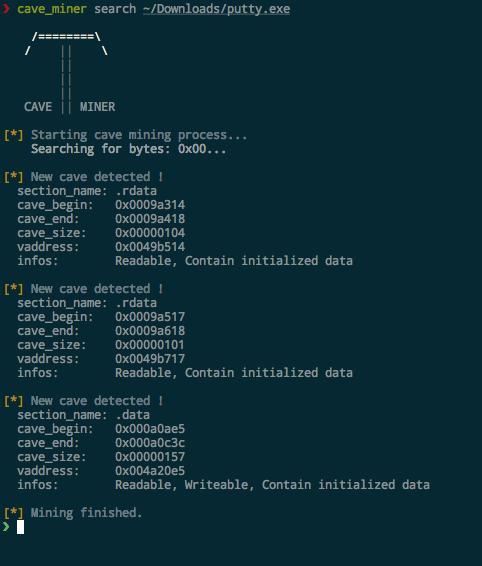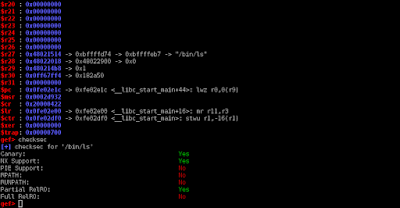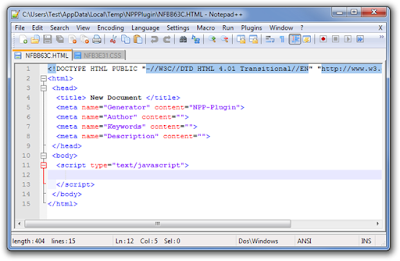Panopticon is a cross platform disassembler for reverse engineering written in Rust. Panopticon has functions for disassembling, analysing decompiling and patching binaries for various platforms and instruction sets.
Panopticon comes with GUI for browsing control flow graphs, displaying analysis results, controlling debugger instances and editing the on-disk as well as in-memory representation of the program.
Building
Panopticon builds with Rust stable. The only dependencies aside from a working Rust 1.7 toolchain and Cargo you need Qt 5.4 installed.
Linux Install Qt using your package manager. Ubuntu 15.10 and 16.04: sudo apt install qt5-default qtdeclarative5-dev \
qml-module-qtquick-controls qml-module-qttest \
qml-module-qtquick2 qml-module-qtquick-layouts \
qml-module-qtgraphicaleffects \
qtbase5-private-dev pkg-config \
git build-essential cmake
sudo dnf install qt5-qtdeclarative-devel qt5-qtquickcontrols \
qt5-qtgraphicaleffects
git clone https://github.com/das-labor/panopticon.git
cd panopticon
cargo build
layman -a rust
layman -f -o https://raw.github.com/das-labor/labor-overlay/master/labor-overlay -a labor-overlay
emerge -av panopticon
Windows Install the Qt 5.4 SDK and the Rust toolchain Panopticon can be build using cargo build.
Running The current version only supports AVR and has no ELF or PE loader yet. To test Panopticon you need relocated AVR code. Such a file is prepared in tests/data/sosse.
Contributing Panopticon is licensed under GPLv3 and is Free Software. Hackers are always welcome. See https://panopticon.re for our project documentation. Panopticon uses Github for issue tracking: https://github.com/das-labor/panopticon/issues
Contact IRC: #panopticon on Freenode. Twitter: @_cibo_
 0Day to Buy
0Day to Buy



























































